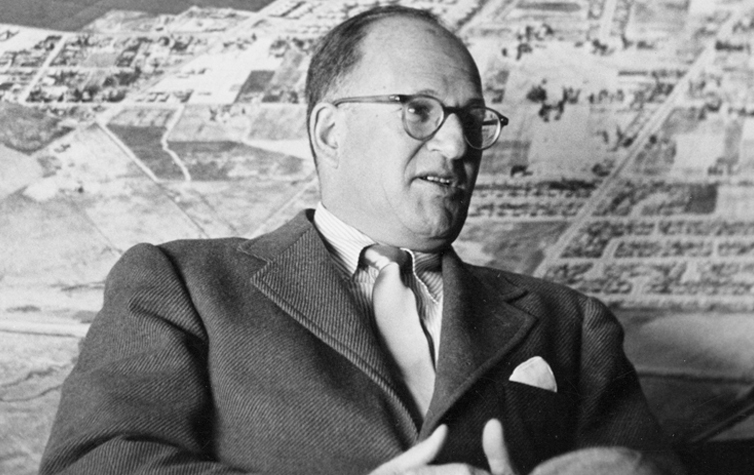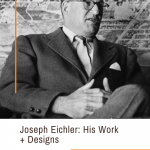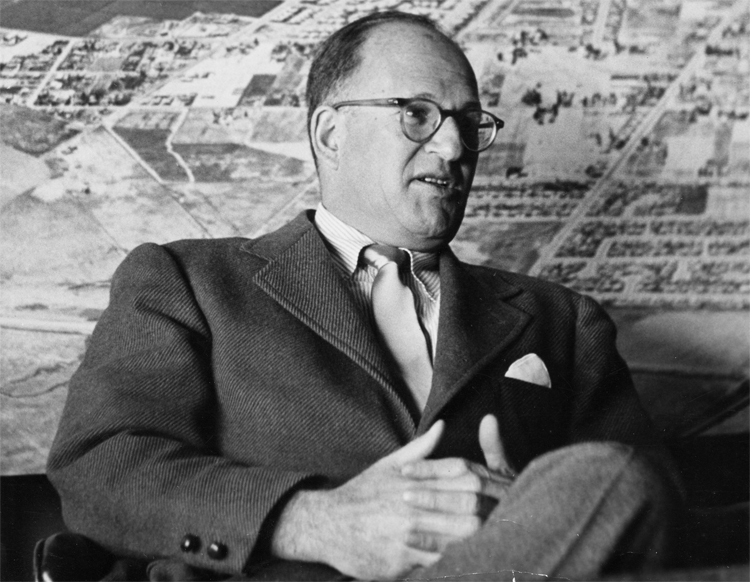
Joseph Eichler, according to his son Ned, was a man that had never touched a tool until he became interested in building Mid Century Modern homes. Though he is now gone, his legacy remains and will continue for years to come.
Where It All Began
It began when Eichler rented a Frank Lloyd Wright creation during World War II, which became the inspiration for a future of equality and community. He got involved with renowned architects—Anshen + Allen, Jones & Emmons and Claude Oakland—and founded his own development company, Eichler Homes. The company set off to build accessible, progressive and lasting homes that were places to unwind, reflect and rejuvenate after a demanding day.
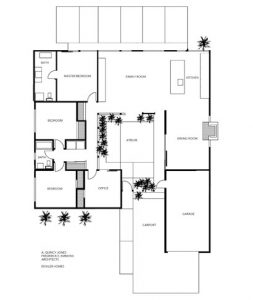
As Eichler continued his work over the years, he built around 11,000 homes, most of which are located in the Bay Area of California. These homes created communities—suburbs, as we know them—where all were (and still are) welcome. His goal was to create affordable tract homes with a characteristic modernist flair that gave residents the opportunity to live the true California lifestyle. To do this, he used architects to design his tract homes (not just his more expensive custom homes). He was one of the first developers to do this.
With large open spaces, walls of glass and windows, indoor-outdoor living and in-floor radiant heating, Eichler emphasized the designs of the future and created optimism for all of those who lived in or visited one of his homes. The neighborhoods that Joseph Eichler built were set on winding roads with picturesque landscapes, where there was a sense of community and belonging. Neighbors were able to gather for outdoor events or cookouts, children could play together and families could share time—all while ending the day in their marvelous modernist home.
Homes For All

Joseph Eichler is most well-known for his developments of beautiful Mid Century Modern homes, but he also left behind a legacy of greater importance. He was a strong advocate of fair housing for all, often going against recommendations and regulations from the Federal Housing Administration that opposed racially integrated neighborhoods. In 1958, Eichler went so far as to resign from the National Association of Home Builders in protest over racial discrimination policies.
Ocean Howell, an associate professor of history at the University of Oregon, says that Eichler Homes believed that “the best way to promote [integrated neighboorhoods] was to quietly demonstrate that integrated housing worked just fine as a business.” Eichler even volunteered his developments to be used as case studies of successful integration.
A Few Of Our Favorites
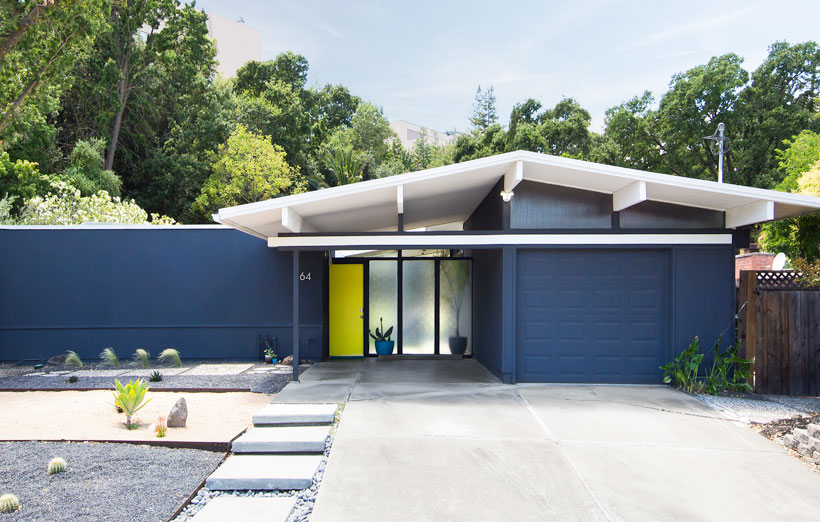
“Eccentric + Authentic Eichler Renovation”
A California family recently purchased this 1959 Eichler tract home in Walnut Creek. After they acquired it, they set out renovating it and restoring it back to its former glory. We love how it turned out! Read more here.
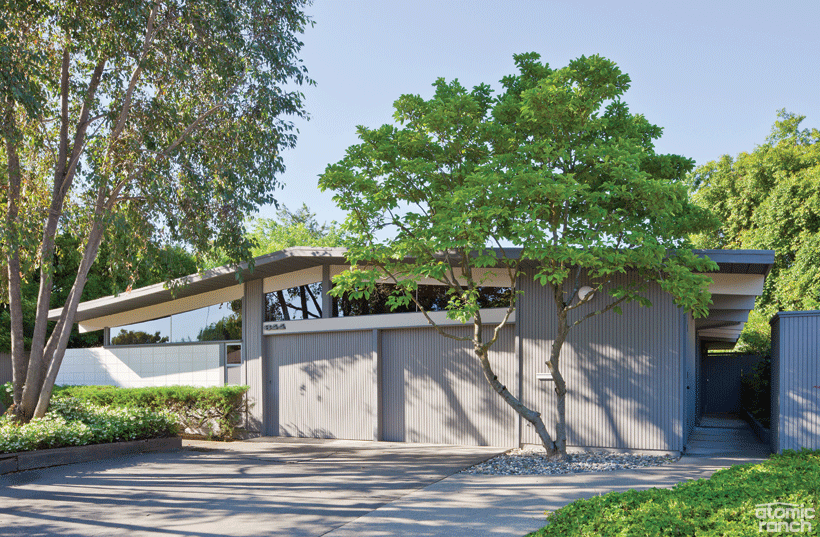
“A Bay Area Couple’s First Home Is An Untouched Gem”
This 1965 Eichler in Oakland remained virtually untouched from its construction to its purchase by the Ng couple. They carefully restored bits and pieces of it, and now it’s a Mid Century treasure trove! Read more here.
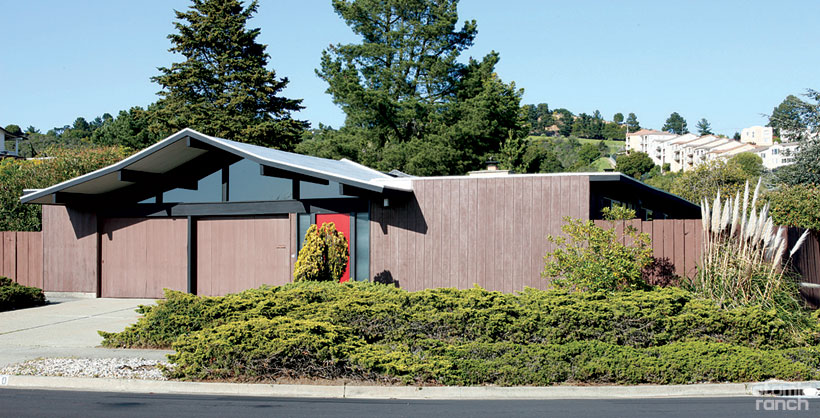
“Balancing Authenticity + Freshness In A Sacramento Eichler”
In Sacramento, this 1955 Eichler was restored with a hint of 21st century convenience thrown in. “It’s too important for all of this original stuff to go away,” says the homeowner. “But [the restoration] didn’t have to be 100 percent purist.” Read more here.
Not only did Eichler create amazing works (of art, in our opinion)—he set standards and paved the way for what homes could, should and would be. His designs were ahead of the time, functional and just made sense. It’s no wonder why so many Mid Century Modern enthusiasts have an affinity for his work today.
Check out another MCM great, Kem Weber, Eichler Home Blended, Balanced, The Age Of Eichler, And Bold And of course, don’t forget to follow us on Instagram, Facebook and Pinterest for more Atomic Ranch articles and ideas!

